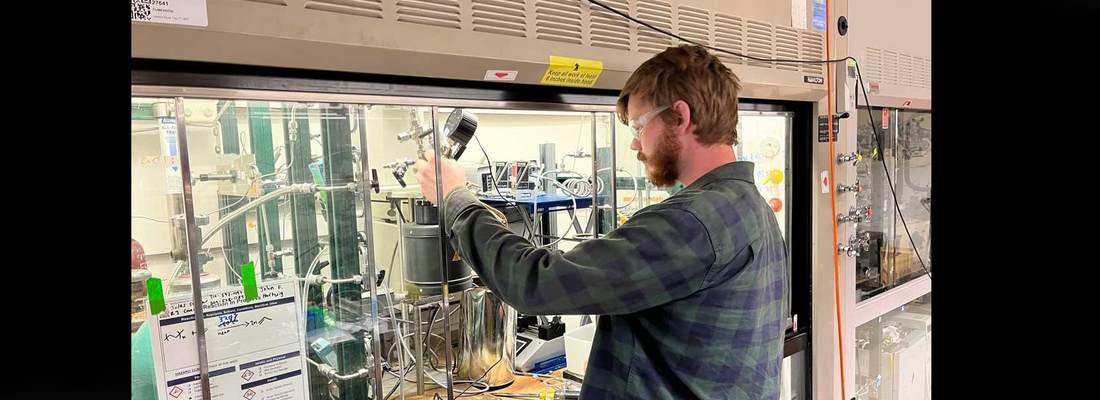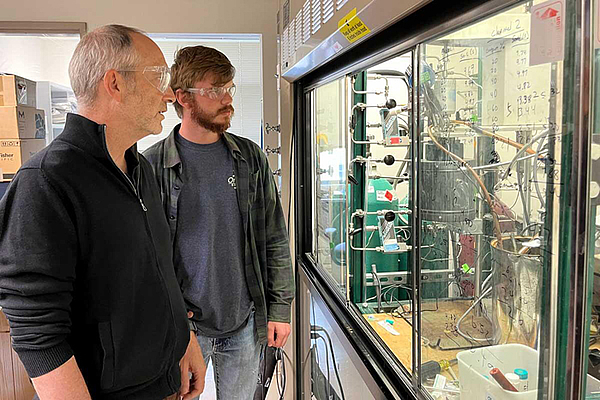The process, if scaled up, could help bring about a circular economy for many throwaway plastics, with the plastic waste converted back into the monomers used to make polymers, thereby reducing the fossil fuels used to make new plastics. Clear plastic water bottles made of polyethylene tetraphthalate (PET), a polyester, were designed in the 1980s to be recycled this way. But the volume of polyester plastics is minuscule compared to that of polyethylene and polypropylene plastics, referred to as polyolefins.
"We have an enormous amount of polyethylene and polypropylene in everyday objects, from lunch bags to laundry soap bottles to milk jugs — so much of what's around us is made of these polyolefins," said John Hartwig, a UC Berkeley professor of chemistry who led the research. "What we can now do, in principle, is take those objects and bring them back to the starting monomer by chemical reactions we've devised that cleave the typically stable carbon-carbon bonds. By doing so, we've come closer than anyone to give the same kind of circularity to polyethylene and polypropylene that you have for polyesters in water bottles."
Hartwig, graduate student Richard J. "RJ" Conk, chemical engineer Alexis Bell, who is a UC Berkeley Professor of the Graduate School, and their colleagues will publish the details of the catalytic process on Aug. 29 in the journal Science.







